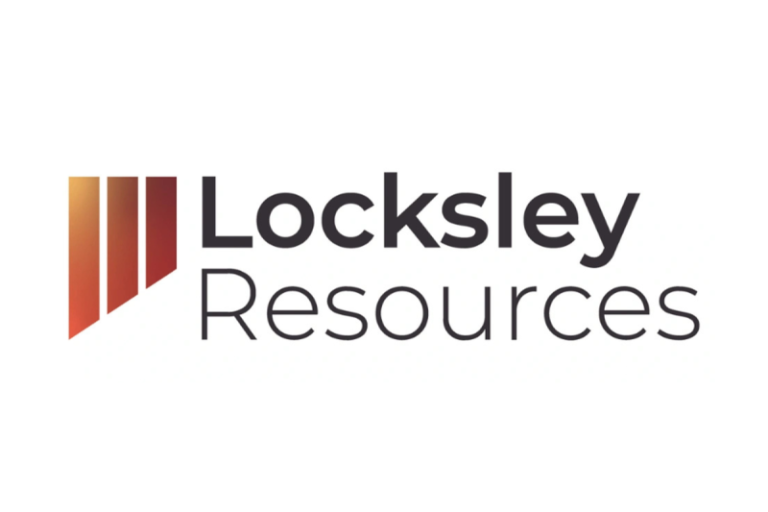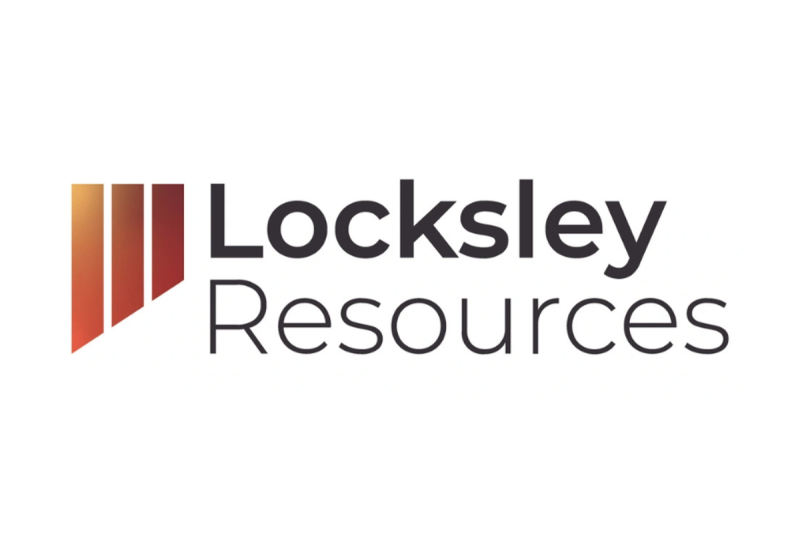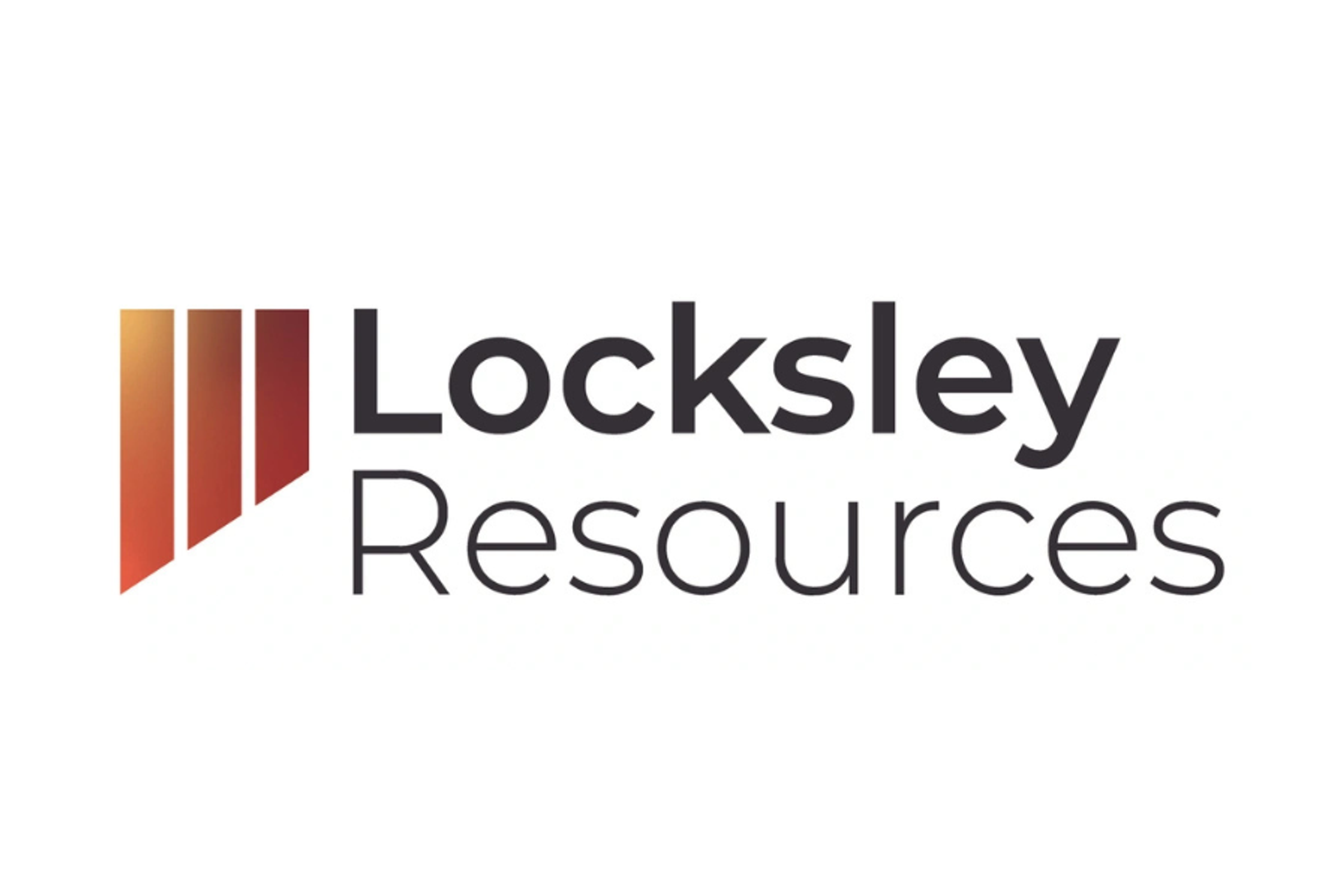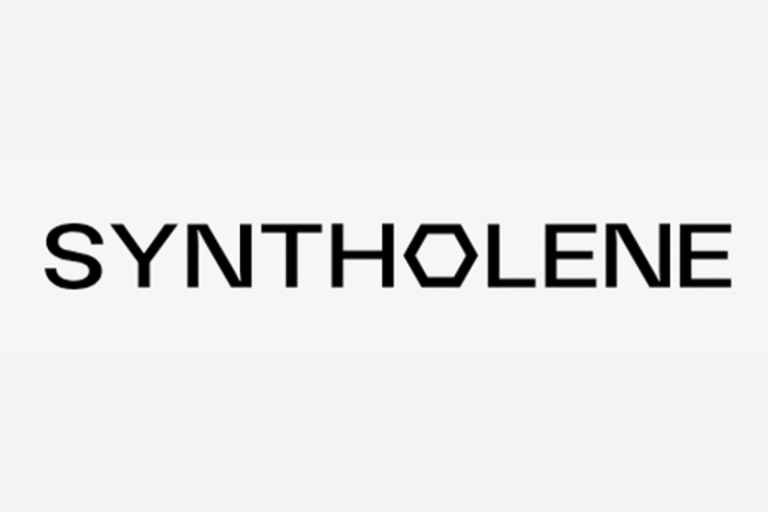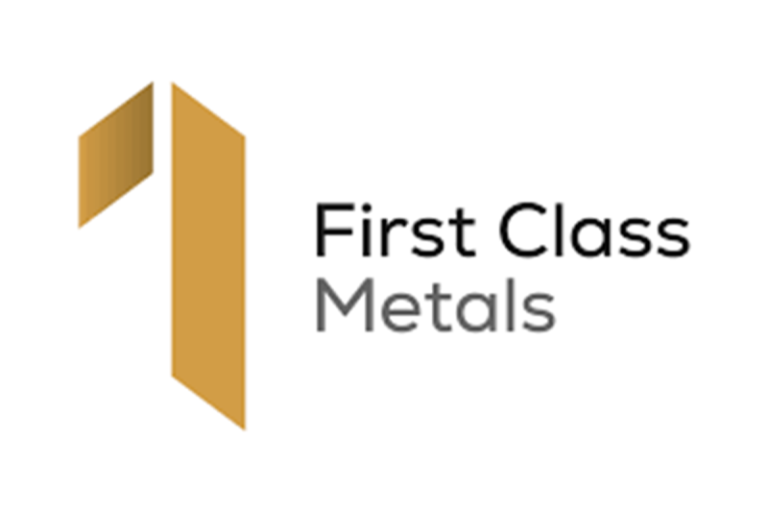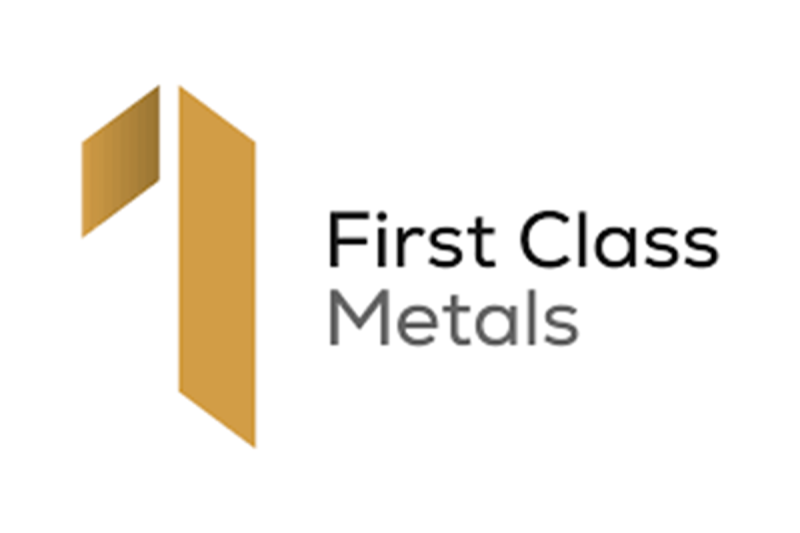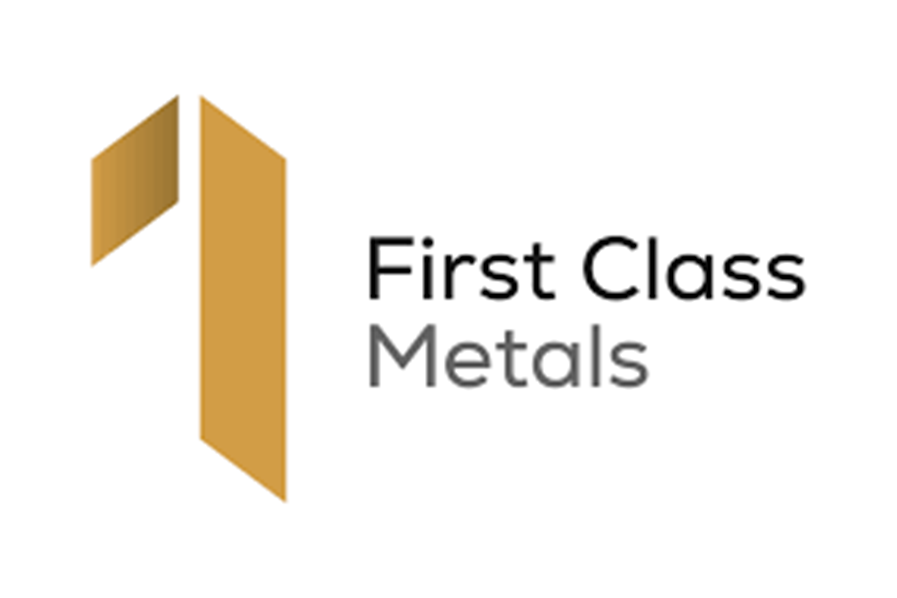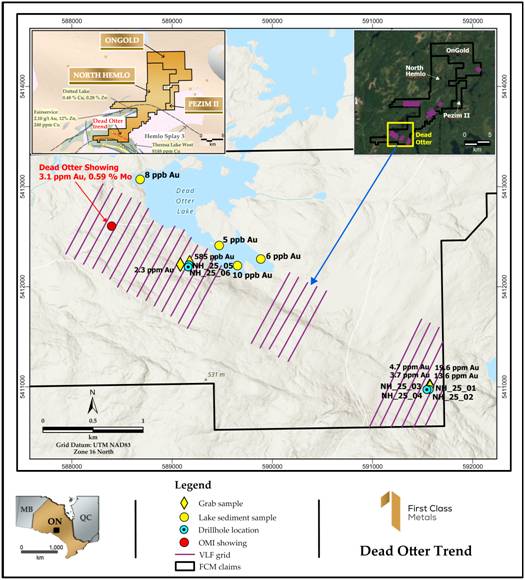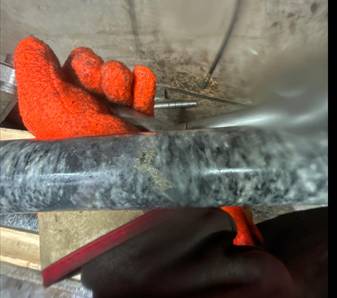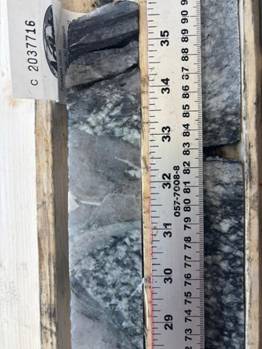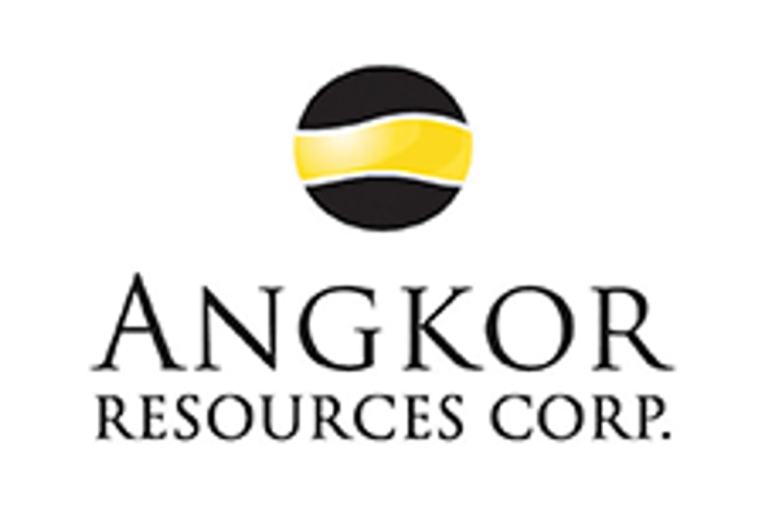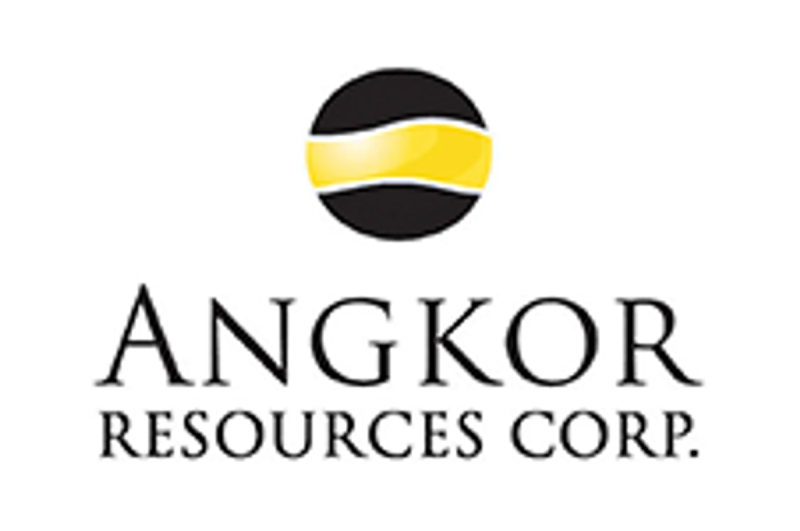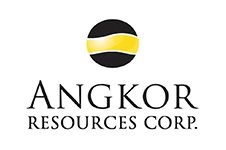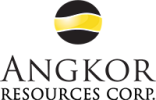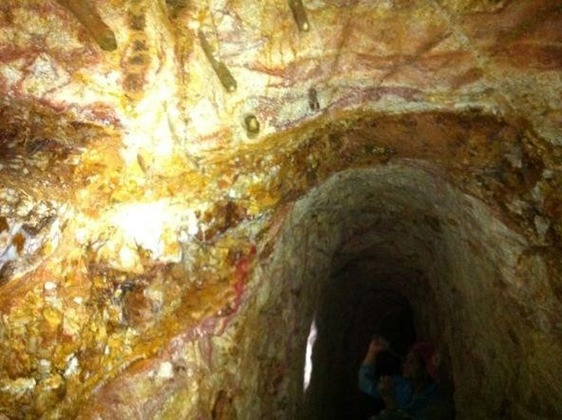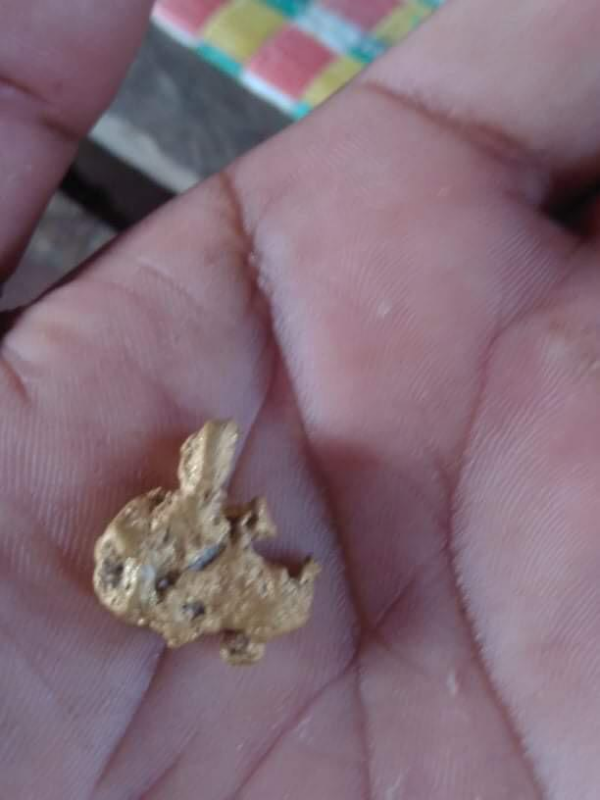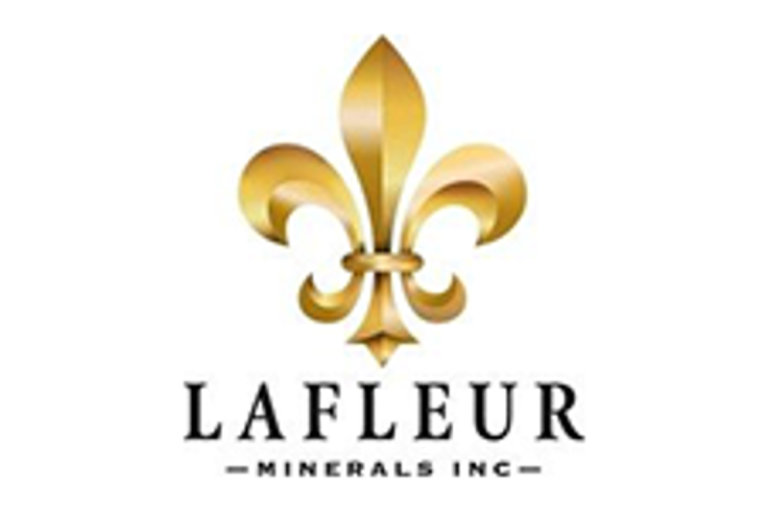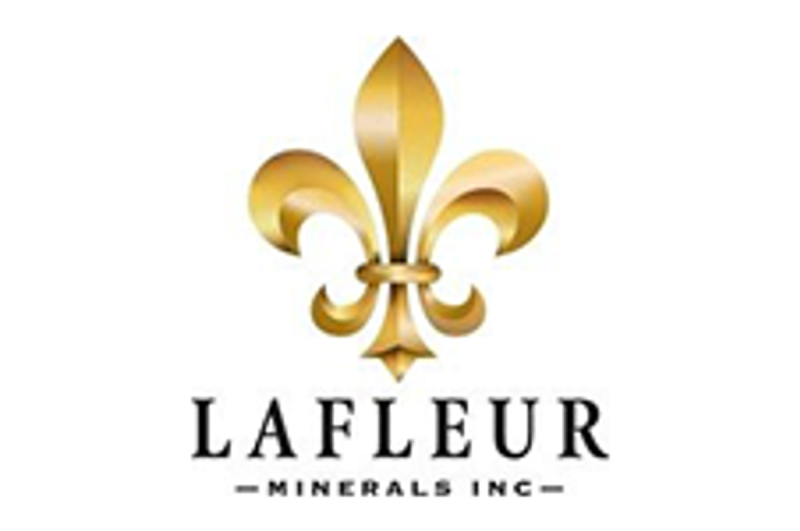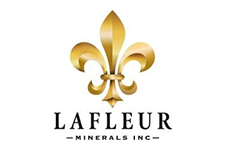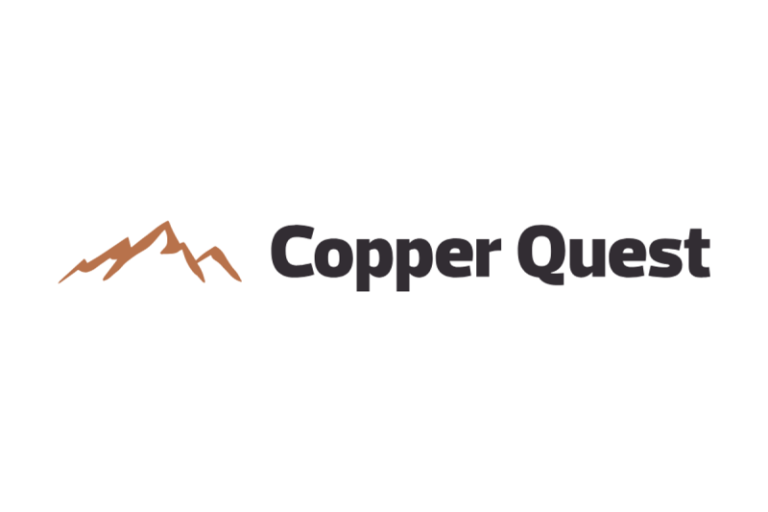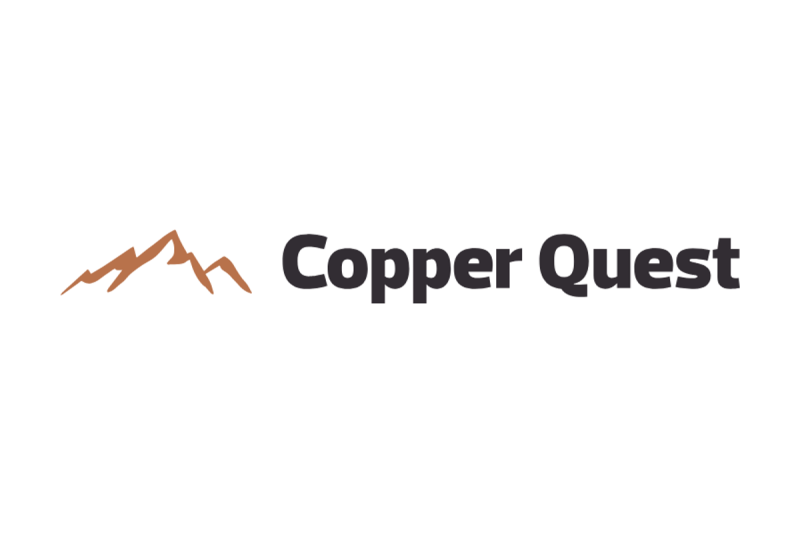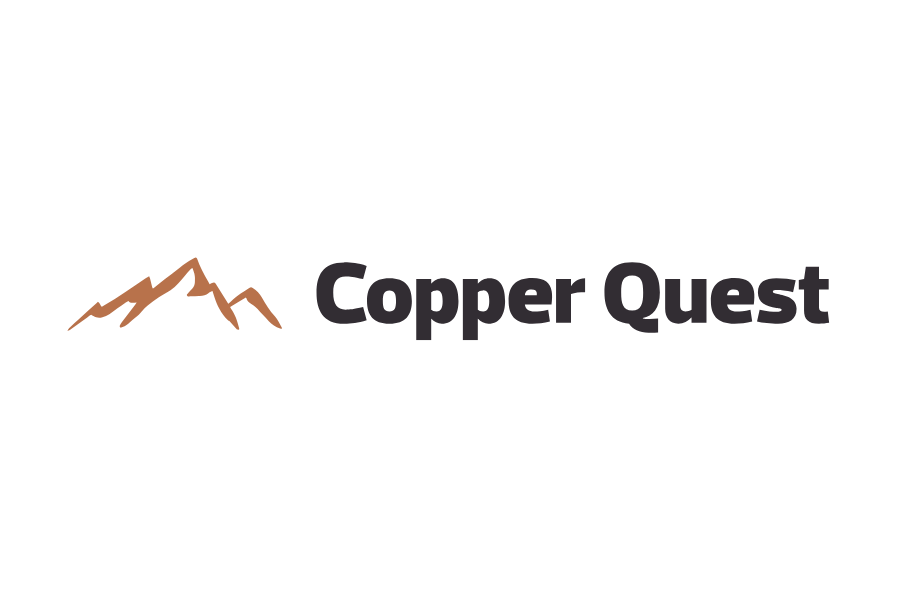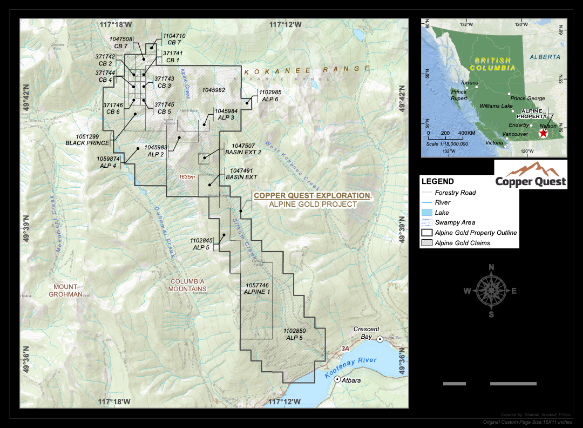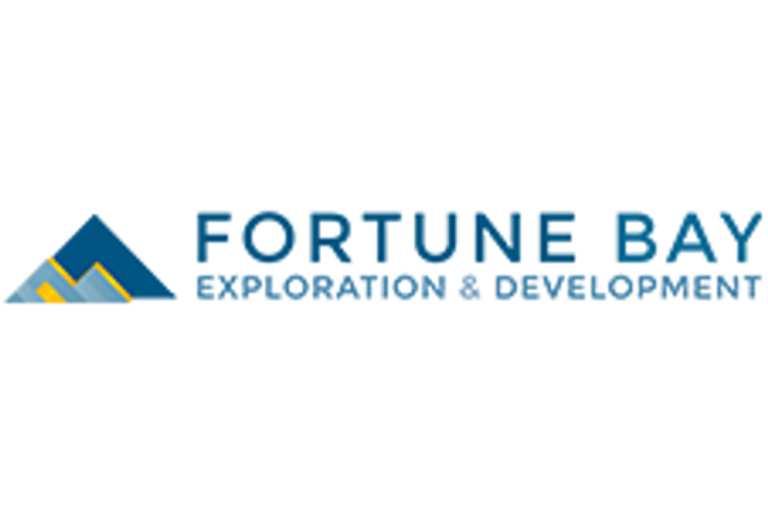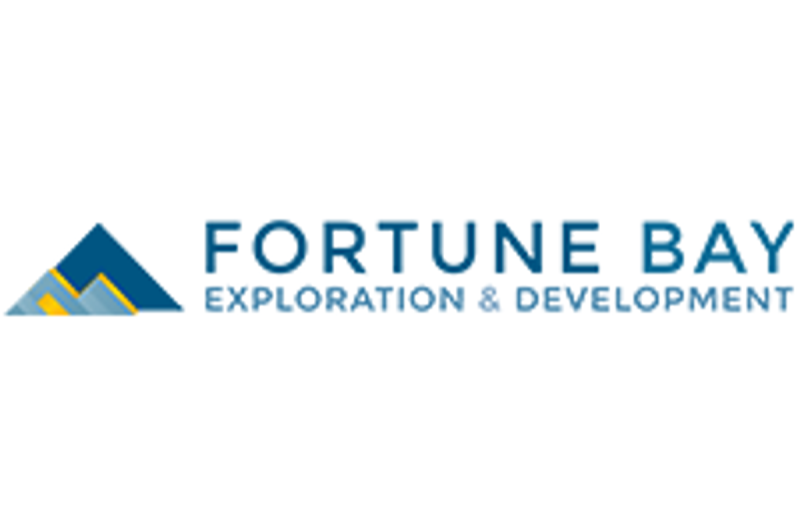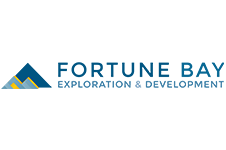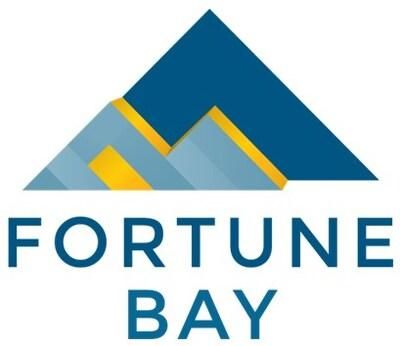

Syntholene Energy Corp. (TSXV: ESAF) (formerly, GK Resources Ltd.) (the ‘Company‘ or ‘Syntholene‘) is pleased to announce that, further to its news releases dated May 6, 2025, May 16, 2025, July 9, 2025, September 18, 2025, November 18, 2025 and December 3, 2025, it has completed the acquisition of Syntholene Energy Corp., a private Delaware corporation (‘Pre-Transaction Syntholene‘), pursuant to the amended and restated securities exchange agreement entered into between the Company, Pre-Transaction Syntholene and the securityholders of Pre-Transaction Syntholene on April 25, 2025, as amended from time to time (the ‘Securities Exchange Agreement‘), which resulted in the reverse takeover of the Company by Pre-Transaction Syntholene (the ‘Transaction‘) pursuant to the policies of the TSXV Venture Exchange (the ‘TSXV‘).
Final acceptance by the TSXV of the Transaction will occur upon issuance of the final bulletin in respect of the Transaction by the TSXV (the ‘Final Bulletin‘) which is expected on or about December 10, 2025. Subject to issuance of the Final Bulletin, trading on a post-Consolidation (as defined below) basis will commence on the TSXV under the Company’s new name ‘Syntholene Energy Corp.’ and new trading symbol ‘ESAF’ on or about December 12, 2025.
‘This milestone is important and impactful for Syntholene and the broader eFuels sector. Being the first publicly traded pure-play synthetic fuel company on any exchange worldwide sets up Syntholene to build value with shareholders from day one of this new era for high-performance, low-cost, and carbon-negative eFuels.’ said Dan Sutton, Chief Executive Officer of the Company.
Syntholene is actively commercializing a new production pathway for low-cost clean fuel synthesis. The target output is ultrapure synthetic jet fuel, manufactured at 70% lower cost than the nearest competing technology. The Company’s mission is to deliver the world’s first truly high-performance, low-cost, and carbon-neutral synthetic fuel at an industrial scale.
Syntholene’s power-to-liquid strategy harnesses thermal energy to power proprietary integrations of hydrogen production and fuel synthesis. Syntholene has secured 20MW of dedicated energy to support the Company’s upcoming demonstration facility and commercial scale-up.
Founded by experienced operators across advanced energy infrastructure, nuclear technology, low-emissions steel refining, process engineering, and capital markets, Syntholene’s mission is to be the first team to deliver a scalable modular production platform for cost-competitive synthetic fuel, thus accelerating the commercialization of carbon-neutral eFuels across global markets.
As part of and in connection with the Transaction:
- The Company changed its name to ‘Syntholene Energy Corp.’ and consolidated the common shares of the Company (the ‘Shares‘) on the basis of five pre-consolidation common shares for one post-consolidation common share (the ‘Consolidation‘). No fractional Shares were issued as a result of the Consolidation. Fractional Shares equal to or greater than one-half (1/2) were rounded up to the nearest whole number. Fractional Shares equal to less than one-half (1/2) were cancelled without any repayment of capital or other compensation. The new CUSIP number for the post-Consolidation Common Shares is 87170K106 and the new ISIN is CA87170K1066.
- Pursuant to the Securities Exchange Agreement, the Company acquired all of the securities of Pre-Transaction Syntholene, whereby Pre-Transaction Syntholene became a wholly-owned subsidiary of the Company and the securityholders of Pre-Transaction Syntholene received securities of the Company in exchange for their securities of Pre-Transaction Syntholene at an exchange ratio of 5.934 post-Consolidation Shares for each Pre-Transaction Syntholene share (subject to adjustments in accordance with the Securities Exchange Agreement) (the ‘Securities Exchange‘).
Pursuant to the Securities Exchange:
- the Company issued a total of 53,511,804 post-Consolidation Shares at a deemed price of $0.375 per share and 890,100 Share purchase warrants (‘Warrants‘), with each Warrant exercisable to acquire one post-Consolidation Share at a price of $0.001685 until June 18, 2026;
- up to 10,750,000 post-Consolidation Shares (the ‘Deferred Consideration Shares‘) are issuable to former shareholders of Pre-Transaction Syntholene upon the completion of certain business milestones in accordance with the Securities Exchange Agreement; and
- the Company assumed a convertible note in the principal amount of $180,000 with a maturity date of March 30, 2027 and bearing simple interest at a rate of 12.5% per annum, which is convertible into post-Consolidation Shares at a price of $0.30 per share.
- Pursuant to the amalgamation agreement dated November 18, 2025 (the ‘Amalgamation Agreement‘) among the Company, a special purpose financing vehicle of Syntholene (‘FinCo‘) and a wholly owned subsidiary of GK (‘SubCo‘), the Company acquired all of the securities of Finco by means of a ‘three-cornered amalgamation’, whereby SubCo and Finco amalgamated and continued as a wholly-owned subsidiary of the Company and the securityholders of Finco received securities of the Company in exchange for their securities of Finco at an exchange ratio of one post-Consolidation Share for every five FinCo common shares (subject to adjustments in accordance with the Amalgamation Agreement) (the ‘Amalgamation‘).
- Pursuant to the Amalgamation, the Company issued a total of 9,303,700 post-Consolidation Shares at a deemed price of $0.375 per share to the former shareholders of FinCo.
In connection with the Amalgamation, the Company issued 83,333 post-Consolidation Shares, representing a corporate finance fee, to Canaccord Genuity Corp. and issued an aggregate of 151,886 non-transferable broker Warrants, with each Warrant exercisable to acquire one post-Consolidation Share at a price of $0.375 until December 9, 2027.
- The Company issued 350,000 post-Consolidation Shares to an arm’s length finder in respect of the Transaction at a deemed price of $0.375 per share.
- The Company granted an aggregate of 6,195,700 stock options of the Company (‘Options‘), 1,500,000 performance share units of the Company (‘PSUs‘) which are tied to achievement of certain listing milestones described in the Securities Exchange Agreement, and 5,025,000 restricted share units of the Company (‘RSUs‘), all on a post-Consolidation basis, to certain directors, officers and consultants of the Company (collectively, the ‘Grants‘), subject to vesting conditions set out in the terms of the Grants and subject to disinterested shareholder approval of the Grants and of the Company’s new omnibus equity incentive plan.
- The Company entered into an escrow agreement with Odyssey Trust Company and certain directors and officers of the Company providing for the escrow of an aggregate of 35,604,000 Shares, 110,000 Options, 500,000 PSUs, 600,000 RSUs and up to 7,160,265 Deferred Consideration Shares, all on a post-Consolidation basis, to be released on a Tier 2 escrow release schedule in accordance with TSXV policies.
- An aggregate of 11,868,000 post-Consolidation Shares issued as part of the Securities Exchange will be subject to Seed Share Resale Restrictions (as defined in the TSXV policies), with 20% released on each of the date of the Final Bulletin and the dates that are 3, 6, 9 and 12 months thereafter.
Immediately following the closing of the Transaction, there are approximately 68,949,286 post-Consolidation Shares issued and outstanding.
As part of the Consolidation, shareholders holding physical certificates are required to exchange their existing share certificates for new certificates in accordance with the instructions of the letters of transmittal which will be mailed to them. Other shareholders are not required to take any action with respect to the name change or the Consolidation.
Following the closing of the Transaction (‘Closing‘), the Board of Directors of the Company comprises Daniel Sutton, Alexander Canon Bryan, John Kutsch, Anna Pagliaro and Steve Oldham.
Management of the Company comprises Daniel Sutton (Chief Executive Officer), Grant Tanaka (Chief Financial Officer), Alexander Canon Bryan (Chief Development Officer), John Kutsch (Chief Engineer) and Jennifer Hanson (Corporate Secretary).
The full particulars of the Transaction and the Company are described in the filing statement of the Company dated November 30, 2025 in respect of the Transaction (the ‘Filing Statement‘), which contains the information required pursuant to listing statement requirements under the policies of the TSXV. A copy of the Filing Statement is available on SEDAR+ (www.sedarplus.ca) under the Company’s issuer profile.
Acquisitions by Daniel Sutton, Alexander Canon Bryan and John Kutsch
As part of and in connection with the Transaction, certain shareholders acquired post-Consolidation Shares pursuant to the Share Exchange and Amalgamation resulting in each of them acquiring more than 10% of the voting securities of the Company, as follows:
- Daniel Sutton of Vancouver, British Columbia (‘Sutton‘) acquired 11,868,000 Shares and 375,000 PSUs pursuant to the Securities Exchange, 933,500 Options pursuant to the Grants and may be issued up to 2,386,755 Deferred Consideration Shares;
- Alexander Canon Bryan of Vancouver, British Columbia (‘Bryan‘) acquired 11,868,000 Shares and 125,000 PSUs pursuant to the Securities Exchange, and 543,400 Options pursuant to the Grants and may be issued up to 2,386,755 Deferred Consideration Shares; and
- John Kutsch of Harvard, Illinois (‘Kutsch‘) acquired 11,868,000 Shares pursuant to the Securities Exchange, 3,715,467 Shares pursuant to the Amalgamation, 100,000 RSUs and 543,400 Options pursuant to the Grants and may be issued up to 2,386,755 Deferred Consideration Shares.
The Shares issued to Sutton, Bryan and Kutsch pursuant to the Share Exchange have a deemed issue price of $0.375 per post-Consolidation Share and an aggregate value of $445,000 for each of them; these Shares were issued in exchange for the Pre-Transaction Syntholene Shares held by each of them. In the case of Kutsch, the Shares he was issued pursuant to the Amalgamation also have a deemed issue price of $0.375 per post-Consolidation Share and an aggregate value of $1,393,000 and were issued in exchange for FinCo common shares that were acquired for cash paid by Kutsch in the same amount. The Grants were made to these individuals in recognition of their services to Pre-Transaction Syntholene and to the Company, and in the case of the PSUs pursuant to the terms of the Share Exchange Agreement. The Options are non-transferrable and have an exercise price of $0.375 per post-Consolidation Share each and are exercisable for three years.
Immediately prior to Closing, each of Sutton, Bryan and Kutsch did not beneficially own, directly or indirectly, any securities of the Company.
Immediately following the Closing, all on a post-Consolidation basis:
- Sutton beneficially owns, directly or indirectly, 11,868,000 Shares, 933,500 Options and 375,000 PSUs, representing approximately 17.21% of the issued and outstanding Shares on a non-diluted basis and, assuming the settlement of the 375,000 PSUs into Shares, exercise of the 933,500 Options into Shares and issuance of all 2,386,755 Deferred Consideration Shares (and settlement of all other PSUs and issuance of all other Deferred Consideration Shares issuable pursuant to the Securities Exchange Agreement), approximately 18.95% of the issued and outstanding Shares on a partially diluted basis;
- Bryan beneficially owns, directly or indirectly, 11,868,000 Shares, 543,400 Options and 125,000 PSUs, representing approximately 17.21% of the issued and outstanding Shares on a non-diluted basis and, assuming the settlement of the 125,000 PSUs into Shares, exercise of the 543,000 Options into Shares and issuance of all 2,386,755 Deferred Consideration Shares (and settlement of all other PSUs and issuance of all other Deferred Consideration Shares issuable pursuant to the Securities Exchange Agreement), approximately 18.2% of the issued and outstanding Shares on a partially diluted basis; and
- Kutsch beneficially owns, directly or indirectly, 15,583,467 Shares, 543,400 Options and 100,000 RSUs, representing approximately 22.6% of the issued and outstanding Shares on a non-diluted basis and, assuming the settlement of the 100,000 RSUs into Shares, exercise of the 543,400 Options into Shares and issuance of all 2,386,755 Deferred Consideration Shares (and settlement of all other PSUs and issuance of all other Deferred Consideration Shares issuable pursuant to the Securities Exchange Agreement), approximately 22.77% of the issued and outstanding Shares on a partially diluted basis.
The securities of the Company held by each of Sutton, Byan and Kutsch are held for investment purposes and were acquired pursuant to the terms of the Share Exchange Agreement and Amalgamation Agreement. Each of Sutton, Byan and Kutsch has a long-term view of the investment and may acquire additional securities of the Company either on the open market, through private acquisitions or as compensation or sell the securities on the open market or through private dispositions in the future depending on market conditions, general economic and industry conditions, the Company’s business and financial condition, reformulation of plans and/or other relevant factors. Certain securities held by Sutton, Bryan and Kutsch are subject to Tier 2 escrow in accordance with TSXV policies as described in the Filing Statement.
A copy of each of Sutton, Bryan and Kutsch’s early warning report will be filed on the Company’s profile on SEDAR+ (www.sedarplus.ca) and may also be requested by mail at Syntholene Energy Corp. Suite 1723, 595 Burrard Street, Vancouver, BC V7X 1J1, Attention: Corporate Secretary or phone at 604-684-6730.
The Shares and PSU issued, as applicable, and the Deferred Consideration Shares issuable, to Sutton, Bryan and Kutsch are not subject to minority approval or valuation requirements under Multilateral Instrument 61-101 Protection of Minority Security Holders in Special Transactions (‘MI 61-101‘) as each of them were arm’s length parties to the Company prior to completion of the Share Exchange and Amalgamation. The following Grants were made on Closing of the Transaction to certain directors and officers of the Company: (i) Sutton was issued 933,500 Options, (ii) Bryan was issued 543,400 Options, (iii) Kutsch was issued 100,000 RSUs subject to Tier 2 TSXV escrow and 543,400 Options, (iv) Grant Tanaka was issued 300,000 RSUs subject to Tier 2 TSXV escrow, (v) Anna Pagliaro was issued 100,000 RSUs subject to Tier 2 TSXV escrow, (vi) Steve Oldham was issued 50,000 Options, and (vii) Jen Hanson was issued 100,000 RSUs subject to Tier 2 TSXV escrow (collectively, the ‘Related Party Grants‘). The Related Party Grants are exempt from the valuation requirements of MI 61-101 pursuant to paragraph 5.5(b) as the Company is not listed on a specified market. The Related Party Grants are exempt from the minority approval requirements of MI 61-101 pursuant to paragraph 5.7(1)(a) and the fair market value of each of the Related Party Grants is not more than 25% of the market capitalization of the Company and the time of grant. The Related Party Grants remain subject to disinterested shareholder approval under TSXV policies, and shall not vest or be exercisable until such approval is obtained.
Investor Relations and Market-Making Services
Pre-Transaction Syntholene entered into an investor relations agreement dated August 28, 2025 (the ‘Kin Agreement‘) with Kin Communications Inc. (‘Kin‘), a full-service investor relations agency specializing in the junior mining exploration and development sector (Suite 100 – 736 Granville Street, Vancouver, BC V6Z 1G3). Pre-Transaction Syntholene engaged Kin to provide investor relations services until August 28, 2026 (the ‘Kin Initial Term‘), after which the Kin Agreement will continue on a month-to-month basis unless otherwise agreed by Pre-Transaction Syntholene and Kin. Pre-Transaction Syntholene will pay and grant to Kin (i) a monthly fee of $15,000, (ii) $500 for each day each employee of Kin attends a conference or event on behalf of Pre-Transaction Syntholene which falls on a weekend or holiday or which exceeds a total five business days per calendar quarter and (iii) 500,000 post-Consolidation Options at an exercise price of $0.375 per post-consolidation Share until December 9, 2028. The Kin Agreement may be terminated by Pre-Transaction Syntholene or Kin (i) for breach of the Kin Agreement and (ii) following the Kin Initial Term, by providing 30 days prior notice to the other party. Kin and its principal, John Arlen Hansen, beneficially own, directly or indirectly, an aggregate of 500,000 post-Consolidation Options. Kin is arm’s-length to the Company and is not engaged in market-making activities.
Pre-Transaction Syntholene entered into a client services agreement dated November 15, 2025 (the ‘SmallCap Agreement‘) with SmallCap Communications Inc. (‘SmallCap‘), a full-service investor marketing firm for public companies (306-310 Water Street, Vancouver, BC V6B 1B2). Pre-Transaction Syntholene engaged SmallCap to provide digital marketing services until the earlier of (i) November 15, 2026 and (ii) the date that the costs associated with the provision of services exceeds the compensation thereunder. Pre-Transaction Syntholene will pay to SmallCap an aggregate of $300,000, of which $150,000 is payable on each of (i) Closing and (ii) January 8, 2026. SmallCap and its principal, Rebecca Kerswell, do not beneficially own, directly or indirectly, any securities of the Company. SmallCap is arm’s-length to the Company and is not engaged in market-making activities.
Pre-Transaction Syntholene entered into an investor relations agreement dated December 1, 2025 (the ‘Milestone Agreement‘) with Milestone Capital Partners (‘Milestone‘), a consultancy firm (IFZA Business Park, DDP, Dubai Silicon Oasis, Dubai, United Arab Emirates). Pre-Transaction Syntholene engaged Milestone to provide marketing and other investor relations services. Pre-Transaction Syntholene will pay and grant to Milestone (i) a fee of €260,000 and (ii) 500,000 post-Consolidation Options at an exercise price of $0.375 per Post-Consolidation Share until December 9, 2028. The term of the Milestone Agreement is for 12 months and may be terminated by (i) Pre-Transaction Syntholene for breach of the Milestone Agreement and (ii) Pre-Transaction Syntholene or Milestone by providing 14 days prior notice to the other party. Milestone and its principal, Christian Klingebiel, beneficially own, directly or indirectly, an aggregate of 503,096 Shares and 500,000 Options, all on a post-Consolidation basis. Milestone is arm’s-length to the Company and is not engaged in market-making activities.
Pre-Transaction Syntholene entered into an issuer trading services agreement dated November 20, 2025 (the ‘GIACP Agreement‘) with Generation IACP Inc. (‘GIACP‘), pursuant to which GIACP will provide the Company with certain issuer trading services, including trading the Shares with the objective of contributing to market liquidity of the Shares and providing periodic reporting of the market trading activity of the Shares. The services will be provided on the TSXV or such other stock exchange in Canada as the Resulting Issuer Shares shall be traded on from time to time. GIACP will commit its own funds to purchase the Shares and may act as agent for others to do so. As consideration, Pre-Transaction Syntholene will pay to GIACP a monthly fee of $8,500 with such fee subject to a 3% increase on each anniversary of the GIACP Agreement. The initial term of the GIACP is until May 9, 2026, subject to automatic renewals for subsequent six-month terms. Pre-Transaction Syntholene may terminate the GIACP Agreement with 30 days written notice and GIACP may terminate the GIACP Agreement at any time with written notice.
GIACP and its principals do not beneficially own, directly or indirectly, any securities of the Company, and GIACP is an arm’s length party to the Company
The Company intends to continue the engagements with Kin, SmallCap, Milestone Capital and GIACP following Closing. Certain proceeds of the concurrent financing completed in connection with the Transaction will be used towards investor relations, marketing and communications expenses.
About Syntholene Energy Corp.
Syntholene is actively commercializing a new production pathway for low-cost clean fuel synthesis. The target output is ultrapure synthetic jet fuel, manufactured at 70% lower cost than the nearest competing technology. The Company’s mission is to deliver the world’s first truly high-performance, low-cost, and carbon-neutral synthetic fuel at an industrial scale.
Syntholene’s power-to-liquid strategy harnesses thermal energy to power proprietary integrations of hydrogen production and fuel synthesis. Syntholene has secured 20MW of dedicated energy to support the Company’s upcoming demonstration facility and commercial scale-up.
Founded by experienced operators across advanced energy infrastructure, nuclear technology, low-emissions steel refining, process engineering, and capital markets, Syntholene’s mission is to be the first team to deliver a scalable modular production platform for cost-competitive synthetic fuel, thus accelerating the commercialization of carbon-neutral eFuels across global markets.
Contact Information: For more information and to sign-up to the mailing list, please contact:
Dan Suttton
Chief Executive Officer
Tel: 604-684-6730
Email: comms@syntholene.com
Certain information set forth in this news release contains ‘forward‐looking statements’ and ‘forward‐looking information’ within the meaning of applicable Canadian securities legislation and applicable United States securities laws (referred to herein as forward‐looking statements). Except for statements of historical fact, certain information contained herein constitutes forward‐looking statements which includes, but is not limited to, statements with respect to the final acceptance of the Transaction by the TSXV and the intended use of the available funds.
Forward-looking statements are often identified by the use of words such as ‘may’, ‘will’, ‘could’, ‘would’, ‘anticipate’, ‘believe’, ‘expect’, ‘intend’, ‘potential’, ‘estimate’, ‘budget’, ‘scheduled’, ‘plans’, ‘planned’, ‘forecasts’, ‘goals’ and similar expressions. Forward-looking statements in this news release include without limitation statements regarding the Company’s plans for development of its business, plans for commercialization, plans for a facility, expected benefits of synthetic fuel, capitalization, performance of the Company and its products relative to competitors, investor relations and marketing, use of proceeds of the concurrent financing, and other statements. Forward-looking statements are based on a number of factors and assumptions made by management and considered reasonable at the time such information is provided. Assumptions and factors include without limitation: the integration of the Company and Pre-Transaction Syntholene following Closing, and realization of benefits therefrom; the Company’s ability to carry out the business plan of the resulting issuer, including but not limited to an effects-test and commercial scaleup targeting deployment in Q4 2025; market acceptance of the Company’s products; efficacy of the synthetic fuel; the use of available funds; and the Company’s ability to continue raising necessary capital to finance operations. Forward‐looking statements necessarily involve known and unknown risks and uncertainties, which may cause actual performance and financial results in future periods to differ materially from any projections of future performance or result expressed or implied by such forward‐looking statements. These risks and uncertainties include, but are not limited to: risks related to the listing on the TSXV, including, but not limited to, the ability to obtain necessary approvals in respect of the listing; integration risks; risks relating to the operation of a public company; and general business, economic and competitive uncertainties. Although the Company has attempted to identify important factors that could cause actual actions, events or results to differ materially from those described in the forward-looking statements, there may be other factors that cause actions, events or results not to be as anticipated, estimated or intended.
There can be no assurance that forward‐looking statements will prove to be accurate, as actual results and future events could differ materially from those anticipated in such statements. The Company undertakes no obligation to update forward‐looking statements if circumstances or management’s estimates or opinions should change except as required by applicable securities laws. The forward-looking statements contained herein are presented for the purposes of assisting investors in understanding the Company’s plans, objectives and goals, including with respect to the Transaction, and may not be appropriate for other purposes. Forward-looking statements are not guarantees of future performance, and the reader is cautioned not to place undue reliance on forward‐looking statements. Additional risks impacting the Company and its business are described in the Filing Statement and should be reviewed.
This news release does not constitute an offer to sell, or a solicitation of an offer to buy, any securities in the United States. The securities have not been and will not be registered under the United States Securities Act of 1933, as amended (the ‘U.S. Securities Act‘) or any state securities laws and may not be offered or sold within the United States or to U.S. Persons unless registered under the U.S. Securities Act and applicable state securities laws or an exemption from such registration is available.
Neither TSX Venture Exchange nor its Regulation Services Provider (as that term is defined in policies of the TSX Venture Exchange) accepts responsibility for the adequacy or accuracy of this release.
Source
This post appeared first on investingnews.com




